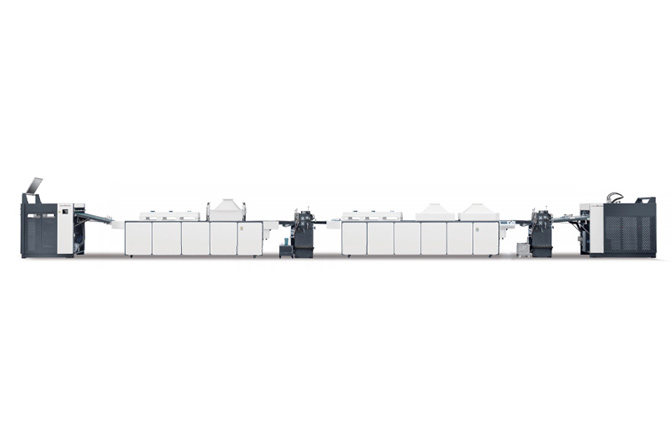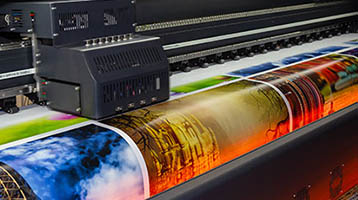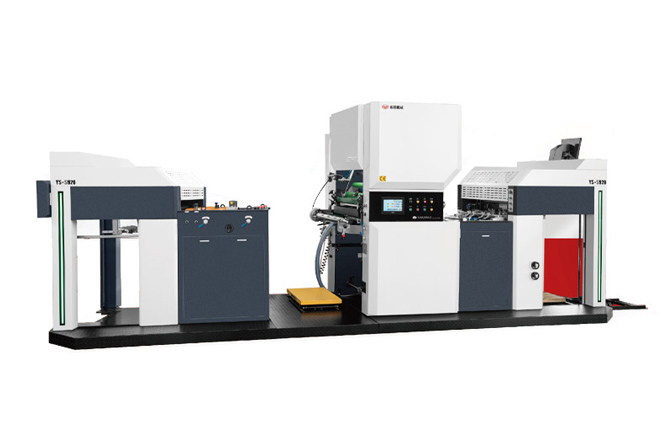For anyone just getting started with lamination, two common methods for automatic film laminating equipment—cold and hot lamination—often raise questions. Knowing how they differ is key to picking the right process for your work. This guide breaks down those core distinctions in simple terms.
Cold lamination uses pressure-sensitive adhesive. The film already has adhesive on it, and it sticks to the material when the machine’s rollers apply steady pressure—no heating required. The bond forms purely from that pressure.
Hot lamination relies on heat to activate the adhesive. The machine heats a roller to a set temperature, which melts the hot-melt adhesive on the film. Then the rollers press the melted adhesive onto the material, and it forms a tight seal as it cools down.
Cold lamination is perfect for heat-sensitive materials. Think photos, thin paper prints, artwork, or any documents that would warp or fade if exposed to high heat. It also works great for lightweight materials, usually between 80-400g/㎡.
Hot lamination handles thicker, sturdier materials better. That’s things like cardboard, packaging boxes, outdoor posters, and anything that needs to hold up long-term. It’s ideal for items that need to resist wear, water, or harsh conditions.
Cold lamination gets going right away—no preheating needed. That makes it fast for small batches or last-minute jobs. Hot lamination needs 5-10 minutes to warm up, but once it’s ready, it’s much more efficient for big, continuous production runs.
Cold lamination makes a solid enough bond, but it doesn’t hold up as well against moisture or wear over time. Hot lamination creates a much stronger, longer-lasting seal. It stands up to scratches, water, and UV light—great for items that need to last.
Cold lamination is safer, too—no high heat means less risk of burns. Its supplies (pressure-sensitive films) are usually cheaper upfront. Hot lamination has more expensive initial materials (hot-melt films), but it’s a better value for products that need to be durable.
Start with your main needs:
Go with cold lamination if you’re working with heat-sensitive materials, or if you need quick, low-cost results for temporary items.
Choose hot lamination if you want a weather-resistant, long-lasting finish—like for packaging, outdoor use, or storage that spans years.
For flexibility, some Automatic Film Laminating Machine models do both, switching between cold and hot based on the project.
Cold and hot lamination each have their own jobs—they differ in how they work, which materials they handle, and how well they perform. Cold lamination shines with heat-sensitive items and speed, while hot lamination delivers the durability for heavy-duty use. Knowing these differences helps you make the right call for your projects.
Not sure which Automatic Film Laminating Machine is right for you? Head to our product page to find solutions that work for both cold and hot lamination needs.




GET A QUOTE